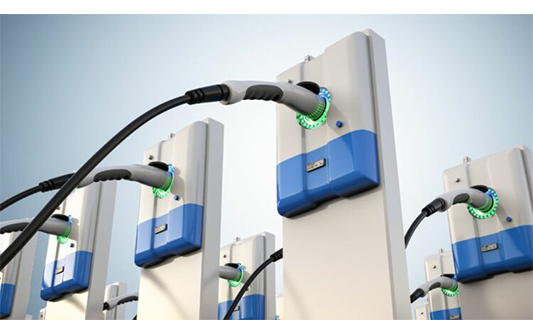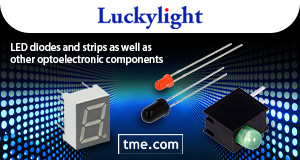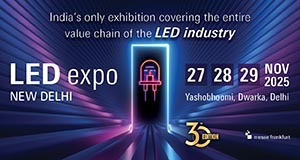Thermal interface materials (TIMs) are composed of thermal fillers and matrix materials. Thermal fillers are highly thermally conductive substances, while matrix materials are typically used to enhance mechanical properties. The selection of thermal fillers is often proprietary to TIM suppliers, as these fillers represent a significant portion of the TIM’s cost. The choice of thermal filler materials, geometries, and loading percentages can greatly impact not only the thermal properties of TIMs but also other parameters such as cost, dielectric strength, compressibility, and viscosity. IDTechEx’s report, “Thermal Interface Materials 2024-2034: Technologies, Markets, and Forecasts”, provides a comprehensive analysis of various TIM fillers, their advantages and disadvantages, and future market trends.
The selection of fillers is driven by TIM requirements, which are ultimately dictated by target applications. For instance, in the context of EV battery packs, the trend is shifting towards TIMs with lower thermal conductivity (around 2W/mK) due to the cell-to-pack design. Traditionally, alumina (Al2O3) has been used as a filler. However, with the transition to lower thermal conductivity, aluminum hydroxide (ATH) is expected to gain popularity. ATH also offers flame retardancy by generating water upon decomposition, providing additional fire protection benefits, and typically incurs lower costs. Replacing spherical alumina with ATH can reduce filler costs by over 20% (this is an estimation and depends on factors such as filler grade, quality, volume, and customer relationships). IDTechEx estimates that TIM density could be reduced by around 30% when switching from Al2O3 to Al(OH)3 (subject to volume percentage loading). A detailed cost analysis of thermal fillers is included in the IDTechEx “Thermal Interface Materials 2024-2034: Technologies, Markets, and Forecasts” report.
Conversely, for applications requiring advanced TIMs (e.g., data centers, ADAS, power electronics), IDTechEx expects that Al2O3 or other high-performance materials such as aluminum nitride (AlN) and boron nitride (BN) will remain in high demand. However, higher performance comes with higher costs. For instance, boron nitride fillers can be around ten times more expensive than spherical alumina fillers. Consequently, unless extremely high thermal conductivity is required, BN fillers are typically used as secondary fillers to balance thermal conductivity and cost.
Comparison of Alumina, ATH, and AlN fillers with more details in the “Thermal Interface Materials 2024-2034: Technologies, Markets, and Forecasts” report. Source: IDTechEx
Filler particle sizes and morphologies also significantly influence TIM performance. Thermal conductivity of TIMs can be greatly affected by filler sizes and morphologies due to their impact on the interaction areas between fillers. Larger filler sizes in polymer composites enhance thermal conductivity when compared to smaller sizes by reducing the specific surface area (SSA). However, increasing filler particle size can introduce high defect density, potentially impeding heat transfer and lowering thermal conductivity. Oversized fillers decrease filler-polymer interface due to small SSA, thus reducing interfacial thermal resistance (ITR) and improving thermal conductivity. In contrast, small-sized fillers increase ITR due to high interfacial area, making them less suitable for polymer composites. Additionally, other physical properties, such as melting point, are crucial. Metallic nanoparticles, with their lower melting points, facilitate sintering and the formation of thermal conductivity networks during polymer curing. Therefore, a mixture of fillers with varying sizes is often used to enhance thermal conductivity and performance.
Filler geometries and processing complexities also affect costs. For example, spherical alumina can be over 20% more expensive than ground alumina fillers, depending on volume and other factors. The presence of cavities or spaces between filler particles can lead to thermal boundary resistance (TBR), disrupting continuous heat-conducting pathways. Introducing smaller-sized fillers can help fill these spaces, creating additional routes between larger particles, thus reducing TBR/ITR and enhancing thermal conductivity.
In summary, the selection of thermal fillers involves numerous considerations. IDTechEx’s latest research in the “Thermal Interface Materials 2024-2034: Technologies, Markets, and Forecasts” report provides a holistic understanding of the pros and cons of common thermal fillers by quantifying costs, thermal conductivity, density, dielectric strength, and other factors.
To find out more about this report, including downloadable sample pages, please visit www.IDTechEx.com/TIM.
For the full portfolio of thermal management market research available from IDTechEx, please see www.IDTechEx.com/Research/Thermal.












